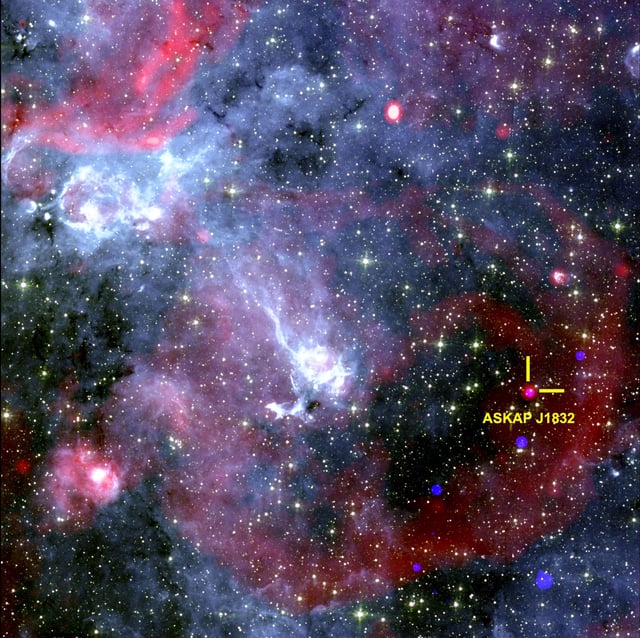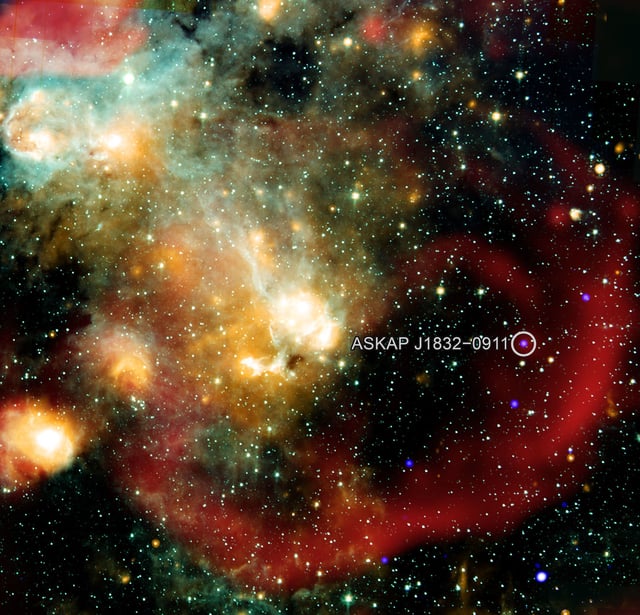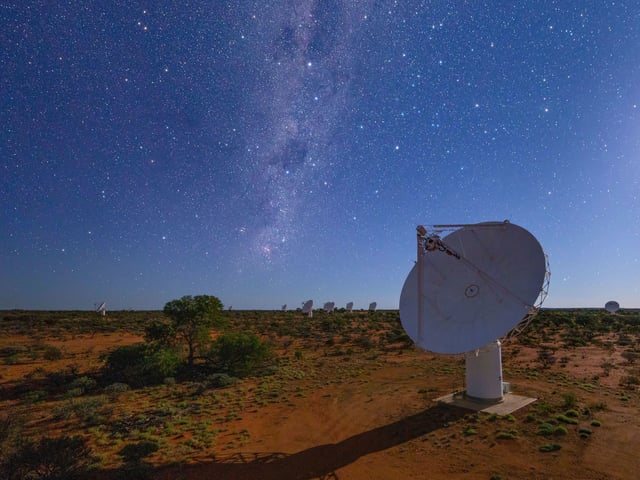Overview
- ASKAP J1832-0911 emits two-minute pulses of both radio waves and X-rays every 44 minutes, making it the first long-period transient detected across both bands
- The source lies about 15,000 light-years away in the Milky Way and was spotted by Australia’s ASKAP radio telescope alongside coincidental observations by NASA’s Chandra X-ray Observatory
- After its initial detailed observation in February 2024, the object’s emission intensity faded by a factor of 1,000 by August, indicating a transient active phase
- Leading explanations include an ultra-magnetized neutron star or a binary system with a highly magnetized white dwarf, but neither fully accounts for the coordinated pulses
- Astronomers plan further coordinated radio and X-ray campaigns to determine the source’s nature and refine models of long-period transients and stellar remnants


